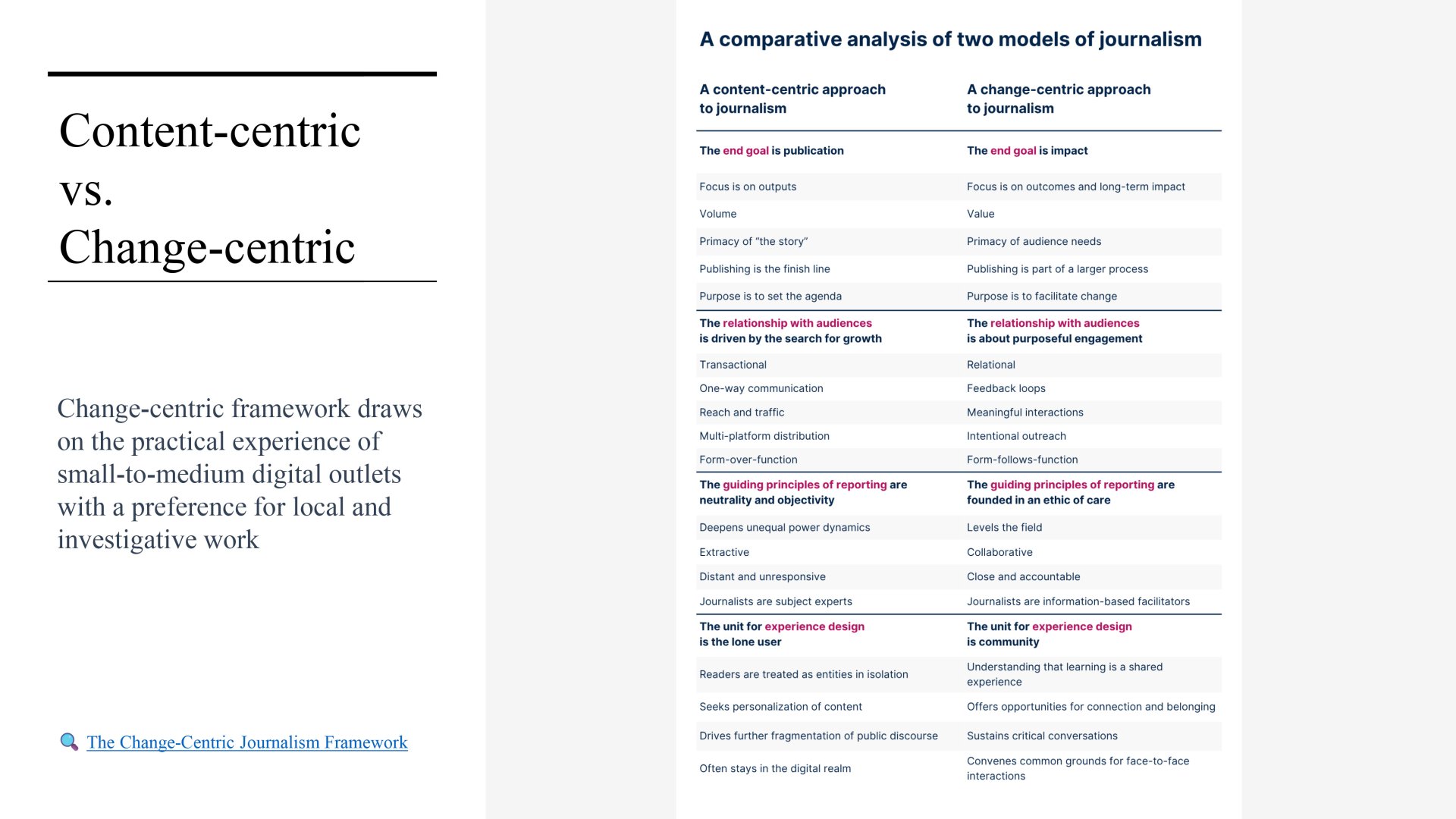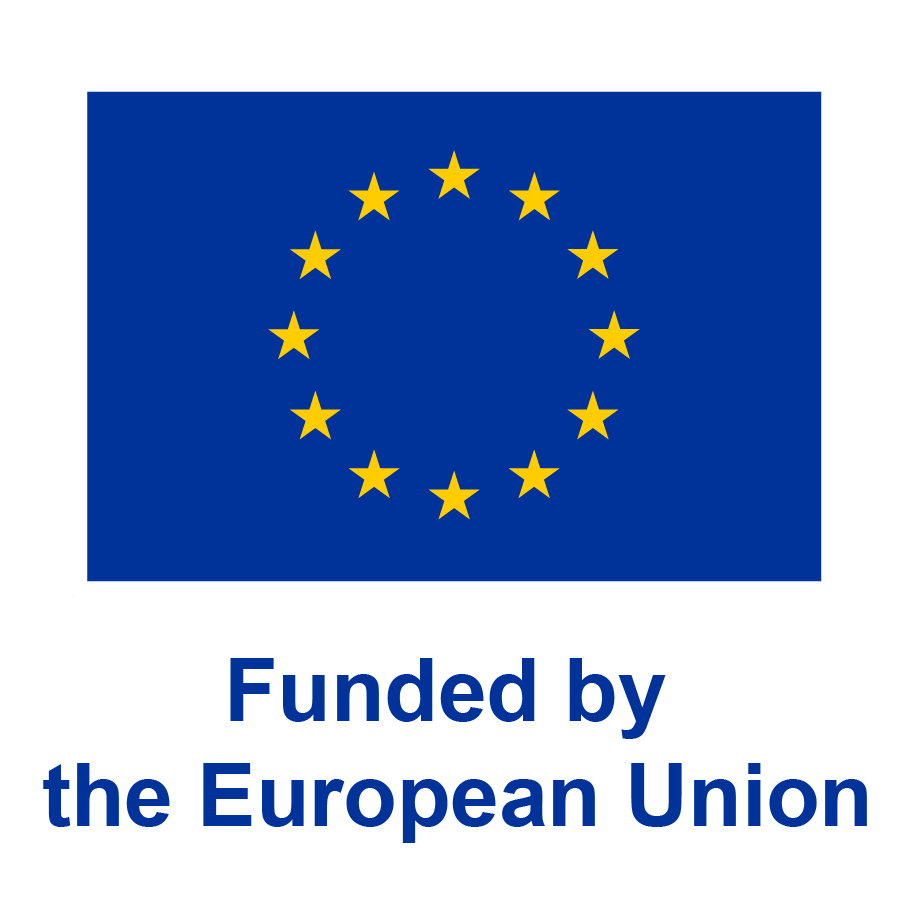
Building stronger media outlets in Europe one webinar at a time
How can media restore trust and create added value to audiences? A series of webinars looks for answers.
One September Wednesday a total of 15 people sit behind screens across Europe, all ready for a two-hour fast-paced talk on how they all work with – or plan to – engage audiences of their respective outlets.
The faces and names on the screen all belong to journalists and editors from media outlets taking part in JournalismFund Europe and IMS’ EU-funded PM4D programme.
PM4D is short-hand for Pluralistic Media for Democracy – a name that sums up the aim of empowering media organisations in Europe to continue their critical role in upholding democracy. This is done with measures to build resilience, independence and sustainability by improving their capacity in innovation, business strategies, and audience engagement, all underpinned by financial support too.
IMS Business advisor Iryna Vidanava is in charge of capacitating the PM4D grantees and also know that resources – including time – is scarce for most media outlets. She starts right on time. Iryna Vidanava brings 20 years of experience as a media founder, manager, and consultant. In 2012, she co-founded CityDog, the first digital city magazine in Minsk, the capital of Belarus. From the very beginning, the magazine adopted an audience-centric approach, engaging with its readers both online and offline.
She tells how the CityDog team created audience anticipation by organising events and gatherings in different cafes a day before the website was launched. What was this CityDog peopled wondered? Having grown into one of the leading independent Belarusian public interest media outlets, CityDog is, as Iryna describes, no longer a baby but a teenager. Even while operating in forced exile for the last several years and disconnected from easy access to its community, CityDog continues to experiment with audience engagement across multiple online platforms.
Cue to sharing links to IMS’ recent publications on how to involve and understand audiences.
For Iryna it is all about ensuring participants understand that the way forward for any media outlet today is through knowing and engaging with your audience. “Today is about the art of the possible. You cannot make it without this knowledge”, she tells them.

A slide appears on the screen depicting The Change-Centric Journalism Framework, comparing two models of publishing content. In a traditional, content-centric understanding of media the end goal is to publish a story and distribute it, the relationship with audiences is one-way communication. In a change-centric modality the end goal is to generate impact through purposeful engagement with audiences.
Iryna talks about the need for media to restore trust and create added value to audiences by abandoning this notion that ‘We publish then the job is done’, towards seeing publishing as only part of the process.
One participant takes to the microphone and shares that “sometimes we only publish with the aim to inspire. Not always with impact in mind –it sounds a bit too activistic.”
Iryna nods and states that is would be misleading to think that all stories can or should create immediate and measurable impact.
“We are still in the business of journalism, rather than activism. But to me the storytelling that creates emotion and some form of response is impactful in itself. Not everything has to end in actions taken,” she says.
27 min into the session people are asked to list various types of audience engagement they practice. Newsletters, two-way conversations, live events anyone?
The range goes from social media likes and shares to community-driven stories and participatory journalism –‘nothing about us without us.’
The chat is buzzing. Participants share their approaches to audience engagement. One PM4D project is focused on creating a new hyperlocal, community-driven media in one of Lisbon’s marginalized neighborhoods. For Iryna, it’s about trying to discover which audience engagement and community-building approaches work best for each media outlet to achieve their strategic goals for growth and impact.
One participant talks about experimenting with a crowdsourcing chatbot on the outlet website. Iryna asks what input they get from the audience. “Mostly we get alerts about accidents or events,” the participant informs.
“We need to manage our expectations. Most people will use the tool to connect with and share information with media outlet they trust, but it’s the professional reporters who must take it from there – following up, fact-checking, and crafting the story. It’s unrealistic to think many readers will submit content that’s ready to publish through a chatbot or similar platform,” Iryna says.
Another participant explains how their outlet jumped straight from simple engagement tools, like sending a newsletter, to co-creating content with a specific group such as migrants.
“It was a response to a void we saw. We were all Spanish people reporting on migration, but without having anyone with that experience working on the inside. We wanted to be more participatory and driven by target group priorities, who now help us decide on topics for content production.”
Social media – the big elephant
Knowing about what is driving and trending in social media is crucial. It is the big elephant in the room which we cannot avoid. You must learn to master them, Iryna tells to participants. She offers her perspective on the major trends shaping social platforms and discusses their implications for audience engagement.
She talks about CityDog’s experience being left without access to the website, when it was blocked by authorities, and having to re-think the magazine’s brand and how to connect with its readers. Instagram stories became the preferred way to engage with their audience – mainly for safety reasons.
“It became a way for our reporters to explore interests and opinions, to source stories and to let people share their insights, which help to inform our editorial decisions.”
Town square open newsroom
World politics enters the webinar as Sanita Jemberga from Re:Baltica – Latvia’s leading investigative media – talks about an experience around engaging with local communities from what she labels Riga’s frontline: the city of Daugapils. Ahead of local elections the media wanted to check what it meant for local communities in Latvia that Russia has invaded Ukraine. The region is closer to Minsk than to Riga and reporters learned so much, being a Riga-based newsroom going outside their home turf and setting up office in a tent on the local town square to learn what people elsewhere in the country cared about.
“Let us start an epidemic of open newsrooms,” she ends her presentation.
A Portuguese journalist wants contact details as they will have to plan their reporting around elections in a few months. Others share their own election-related engagement ideas.
Iryna is pleased to see the connections happening and inspiration flowing amongst the webinar participants. She hurries to share research on what motivates audiences to engage with media and provides insights on where and how to build communities. She ends the presentation with her own personal call to action: reach out to IMS and we’ll connect you with public interest media in PM4D cohort with relevant audience engagement experience.
With 46 projects and media organisations trying out various initiatives and ideas, there should be inspiration to be had.

The Media Pluralism Fund is operated by Journalismfund Europe and the Capacity Building and Mentorship is run by IMS (International Media Support). This project is co-funded by the European Commission and the King Baudouin Foundation.




